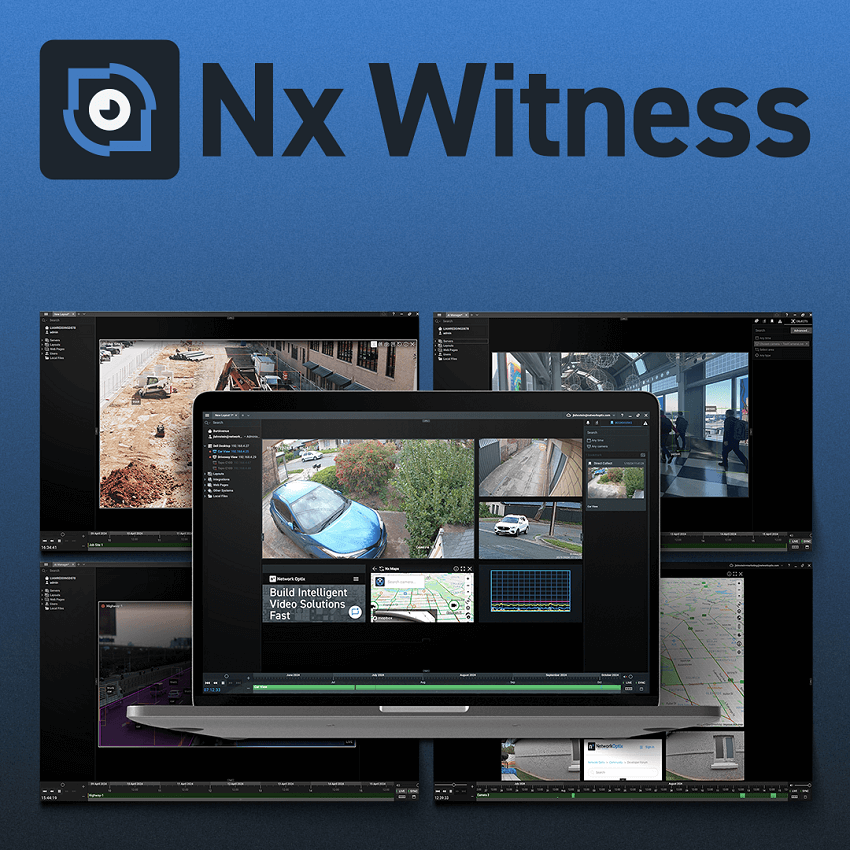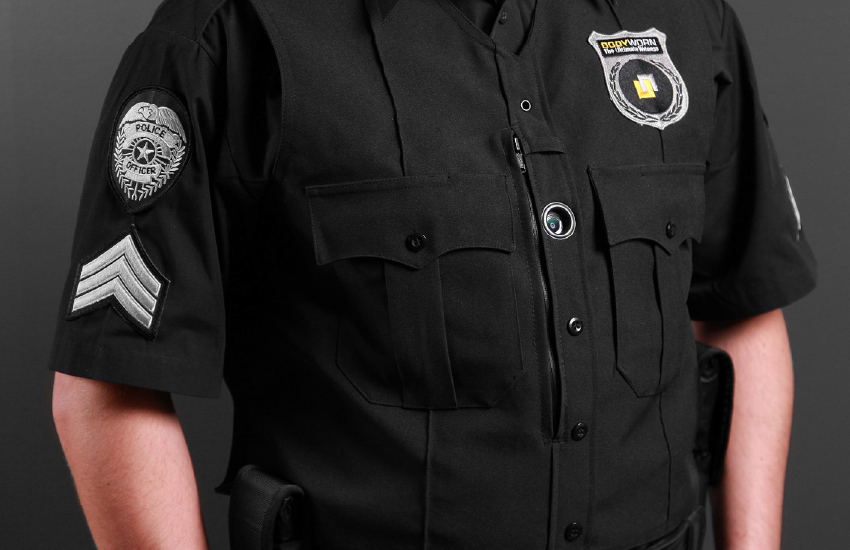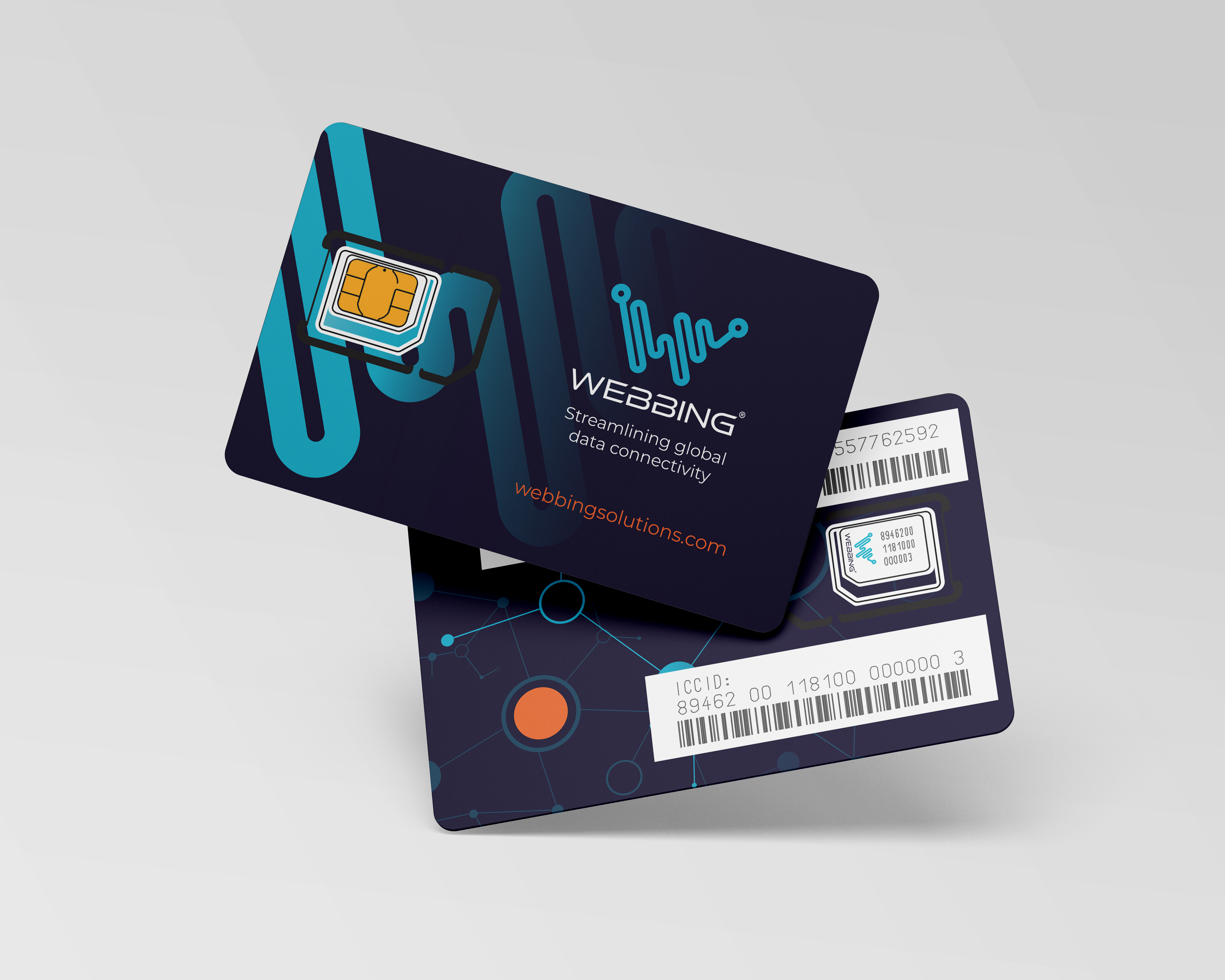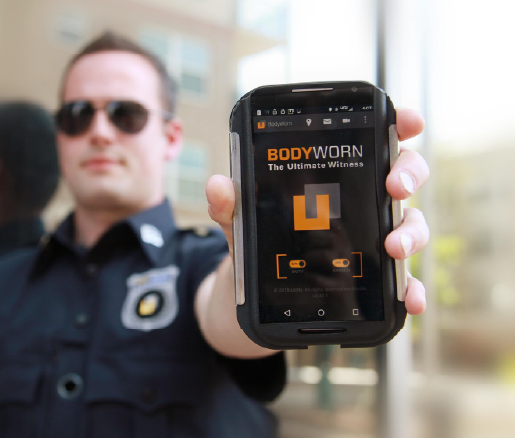Overcoming Challenges, Empowering Solutions
by Webbing Team
Cellular networks are widely used in security for video monitoring, including stationery CCTV systems and mobile surveillance trailers. Yet there is another type of video surveillance usage scenario where cellular connectivity is particularly important – body worn cameras.
Body worn cameras saw rapid adoption in police departments during the previous decade. By 2020, all U.S. police departments serving at least one million residents had implemented body cameras, and 79% of police officers across the country were part of departments using the technology.
Starting with local police departments, adoption grew steadily. Since 2019, several federal law enforcement agencies, including U.S. Customs and Border Protection, the U.S. Marshals Service, and the National Park Service, have implemented body cameras to improve transparency and enhance federal policing practices. In 2022, President Biden signed an executive order mandating that all federal law enforcement officers who conduct patrols, engage with the public, or execute pre-planned arrests should be equipped with body cameras.
Today, body worn cameras are not limited to law enforcement. The technology is increasingly being adopted in industries like healthcare and retail, where it addresses unique needs such as compliance and staff protection.
Parallel to this growing adoption, body worn cameras have gone through significant technological evolution. The first-generation models, with limited storage and connectivity, have advanced into sophisticated devices capable of real-time video streaming and integration with other technologies such as AI or face recognition, for enhanced situational awareness and investigation support.
One major challenge with the cameras that were storing video was the requirement to “dock” the camera at the end of a shift, causing delays in offloading video evidence and preventing from reviewing footage until hours later. Security was also a concern, as video evidence stored on the camera could be lost if the camera fell off in the field or wasn’t manually docked for offloading and secure storage.
Today’s body cameras are much more advanced. They can stream video in real time and securely offload footage directly to the cloud via cellular networks. This connectivity also enables live streaming of body camera footage to a command post, desktop, or mobile data terminal, improving response times and situational awareness.

Integration with Video Management Systems
In combination with a cutting-edge video management system (VMS), body cameras become even more powerful. Integration with VMS can enhance their effectiveness by improving data management, boosting security, enabling real-time monitoring, and providing powerful analytics.
A good example is Network Optix Nx Witness VMS, which allows body worn cameras to be placed and visualized on an in-client map, providing an operational and situational view of what’s happening at ground level. Because Nx Witness Enterprise is a hybrid solution, it offers the scalability of the cloud, the privacy of on-prem, and the efficiency of edge environments. By running directly inside the body worn camera, Nx enables on-device recording or real-time streaming, ensuring continuous video capture, even in low-bandwidth or offline scenarios.
Integration of body worn cameras and VMS creates a cohesive and powerful security solution. Yet, it still requires reliable connectivity.
Connectivity Challenges for Body Worn Cameras
Since cellular-enabled body cameras are critically dependent on cellular networks, it’s important to know what challenges organizations can face when deploying them:
Signal Coverage and Reliability
Not only that body worn cameras are required to maintain cellular connectivity while being mobile, they are often used in environments with limited or varying cellular coverage, such as rural areas, underground facilities, or densely populated urban locations where signals may be blocked. Besides, any mobile operator’s network can naturally have weak spots. For these reasons it is critical for cellular-connected body cameras to be capable of using multiple networks.
Switching between networks with regular SIM cards requires either physically changing SIMs, which is impractical for devices meant to function in critical situations, or using multiple SIM cards in the camera, which would increase both size and cost. Aside from that, every organization that deploys body worn cameras would have to go through the hassle of contracting with several local carriers in every region the devices are planned to be deployed to.
Webbing’s connectivity solution can help overcome all these hurdles, providing access to reliable and high-quality internet with low latency and exceptional coverage for devices wherever they are deployed. Our network of 600+ mobile operators guarantees worldwide coverage and allows to roam on several carriers’ networks in every region, solving the problem of weak spots that any mobile network may have and ensuring full coverage and continuous connectivity even at remote locations. Our eSIM solution allows for remote provisioning and a swap between multiple mobile carrier profiles without carrier integration, easily turning it into any operator’s SIM. This may be especially useful for organizations that need to use a third-party carrier such as FirstNet for their projects. It also ensures failover connectivity with the option to fall back from a failing profile to a different profile without any need to communicate with a remote server.

Latency
While cellular networks can generally offer lower latency than other (especially older) wireless technologies, depending on the type and the architecture of the network there still may be delays in data transmission, which can affect real-time streaming or remote monitoring. Since body worn cameras are often used in critical situations, such as first responders’ operations, low latency is essential to ensure that video footage is received without delays.
To ensure minimal delay and smooth data transmission, connectivity providers implement high-performance network equipment, optimize routing and use intelligent communication protocols. But technically, latency also depends on the core network architecture: the data sent by the device needs to travel all the way to the connectivity provider’s data center before going to its destination. Some mobile virtual network operators (MVNOs) may build their own core network infrastructure with data centers spread all over the world, which helps reduce latency by providing more localized data routing.
Webbing is a full MVNO that owns its core network, which is a fully redundant, distributed network with data centers on every continent. It features local breakouts and a variety of network solutions to support high-performance connectivity. In 2024, Webbing further enhanced its global network by adding new data centers in Japan, Singapore, and Australia. This infrastructure allows to guarantee high data throughput and low latency to all connected devices and makes Webbing’s network well suited to support mission-critical, high-data consumption type of use cases.
Compliance with Regulations
The implementation of cellular connectivity in body worn cameras must comply with local regulations regarding data transmission, privacy laws, and surveillance. Most countries in the world have regulations on connectivity, data sovereignty, and data protection. This can be especially important in the body cameras use cases, since they often record sensitive personal data of citizens, especially in public spaces. Besides, different regions may have different rules on video storage, encryption, and sharing of data.
Webbing’s solutions help to comply with all kinds of regulatory requirements, be it preventing traffic from leaving the country’s borders, using local IMSI or full localization. Technology and infrastructure-wise, Webbing is capable of forming any architecture required by local legislation. Webbing can also seamlessly localize deployments utilizing Remote SIM Provisioning even in heavily regulated markets, such as Turkey, KSA, Indonesia and other major markets.

Webbing’s Solution
Webbing offers a connectivity solution that ensures global access to reliable and high-quality internet, with low latency and the best of class coverage. It provides secure and continuous internet connection, delivering a streamlined, centralized, and scalable means of deploying, controlling and monitoring body worn cameras. Webbing eSIMs are already used in such deployments, providing multi-network service for failover, redundancy, continuous connectivity and seamless data transfer.
A flexible approach to data packages allows us to tailor our connectivity offering for every customer based on the type of connected devices and their data consumption needs as well as the locations where the devices are used, aiming at overall optimization of the total cost of operations for the client.
Webbing’s solution helps organizations overcome their connectivity problems and reduce time to market for global deployments, providing the benefits of roaming with multiple carrier options in every country, and seamless transition between carriers, while maintaining low rates and low latency on a global scale with a single SIM.
Webbing and Nx together provide a true “turnkey” experience—from connectivity to seamless system-level provisioning. With a simple QR code scan coming in Gen 6.1, a body worn camera can be instantly integrated into Nx Witness, making it easier than ever to deploy, monitor, and manage connected devices across a large-scale operation.
Reach out to learn more about how Webbing’s solutions and Nx Witness can support your body camera deployments.
FAQs:
Why is cellular connectivity crucial for bodyworn cameras?
Cellular connectivity enables bodyworn cameras to stream real-time video and securely transfer footage to the cloud. This allows for live monitoring, improved response times, and enhanced situational awareness for organizations like law enforcement, healthcare, and retail.
What challenges do bodyworn cameras face regarding cellular connectivity?
Bodyworn cameras often operate in environments with varying cellular coverage, such as rural areas or densely populated urban locations. Ensuring continuous, high-quality connectivity in these scenarios can be challenging due to signal reliability and network congestion.
How does multi-carrier cellular connectivity improve the performance of bodyworn cameras?
Multi-carrier connectivity allows bodyworn cameras to switch between different cellular networks automatically. This ensures continuous operation even if one network becomes unavailable or congested, enhancing reliability and performance.
What role does integration with Video Management Systems (VMS) play in bodyworn camera deployments?
Integrating bodyworn cameras with VMS enhances data management, security, real-time monitoring, and analytics. For example, Network Optix’s Nx Witness VMS allows visualization of bodyworn cameras on a map, providing comprehensive operational views and ensuring continuous video capture even in low-bandwidth scenarios.
How does Webbing’s multi-carrier solution address connectivity challenges for bodyworn cameras?
Webbing offers a global network spanning over 600 carriers across more than 190 countries, ensuring reliable and scalable connections. Their multi-carrier solution provides automatic failover capabilities, maintaining continuous connectivity for bodyworn cameras even in challenging environments.




